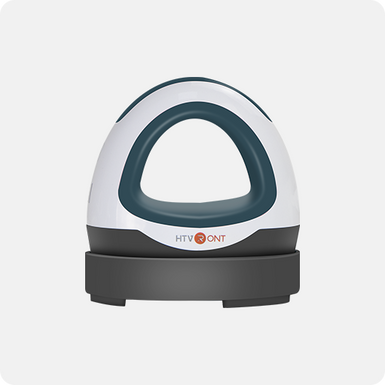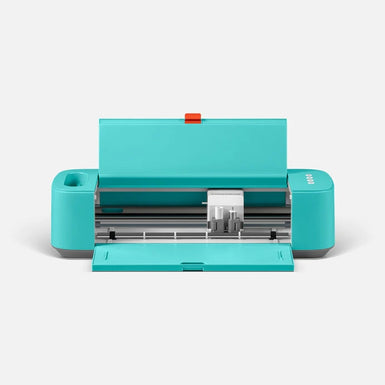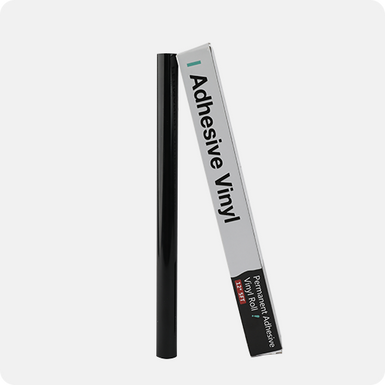The world of vinyl presents a multitude of options suitable for various applications, such as mugs, shirts, glass etching, and wood crafting. The sheer abundance of these options might leave you feeling perplexed, unsure of which type to choose for your specific project.
In essence, vinyl refers to a versatile material capable of adhering to an array of surfaces, including glass, wood, ceramic, metal, fabric, and more. Determining the ideal vinyl type for different surfaces involves considerations tailored to the unique characteristics of each material.
Part 1: A Look at Heat Transfer Vinyl
Heat Transfer Vinyl, also known as iron-on vinyl or t-shirt vinyl, operates akin to a heat-activated adhesive tailored for fabric surfaces, extending its utility even to heat-resistant materials. Through the application of heat, designs securely adhere to surfaces, ensuring their longevity. A perusal of one's wardrobe may reveal an abundance of clothing garments adorned with heat transfer vinyl.
When transferring HTV onto fabric, both professional-grade heat press machines and household flat irons serve as effective tools. Diverse varieties of HTV exist, catering to different applications. For beginners, crafting personalized shirts for family members presents an accessible starting point, with the option to customize baby onesies adding a charming touch. Moreover, HTV lends itself to home decor projects, with possibilities ranging from embellishing pillowcases and dish towels to enhancing bath towels and beyond.
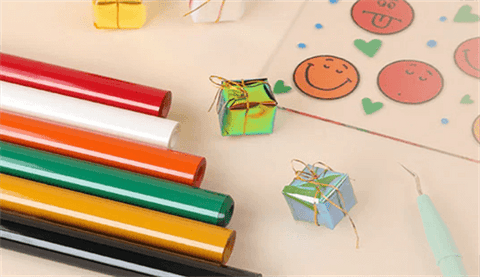
Smooth HTV typically requires temperatures ranging from 300-315°F for optimal application. Consulting a heat guide can aid in selecting the most suitable HTV for specific fabrics and determining the appropriate heating temperature. Unlike traditional vinyl, heat transfer vinyl (HTV) lacks a paper backing. Instead, it features a transparent plastic carrier sheet covering the upper surface of the vinyl. The adhesive is situated on the opposite side of the plastic carrier and is not inherently sticky or tacky to the touch. This adhesive side serves as the cutting surface of the vinyl.
Heat Transfer Vinyl offers a diverse array of styles, colors, and patterns, allowing for customization tailored to specific design preferences. Here are some of the different types of HTV: Glitter HTV presents numerous color options, yet its intricate weeding process requires ample lighting, preferably natural daylight, for optimal visibility. Metallic HTV typically features subdued gold and silver hues, boasting a matte finish for understated elegance. Holographic HTV offers a dynamic visual effect, exhibiting varying shades depending on the viewing angle. Patterned HTV provides a multitude of design options to suit individual tastes and project requirements.
Part 2: A Look at Adhesive Vinyl
Adhesive vinyl, also known as sticker vinyl, earns its moniker due to its resemblance to a sizable sticker, eliminating the need for heat to transfer the desired design. Characterized by its thin, flexible composition and pressure-sensitive adhesive, adhesive vinyl adheres effortlessly to a wide array of smooth and rigid surfaces. The material lends itself well to customization, allowing for precise cutting according to one's chosen design.
The versatility of adhesive vinyl extends to its suitability for a myriad of projects. It serves as an ideal option for intricate or irregularly shaped designs that pose challenges for heat transfer methods. Available in an array of colors and finishes, adhesive vinyl consistently features a paper backing and exhibits adhesive properties upon removal.

Two primary types of adhesive vinyl are commonly utilized: permanent outdoor vinyl and removable indoor vinyl. Permanent outdoor vinyl typically features a glossy finish, providing durability and weather resistance suitable for prolonged outdoor use. In contrast, removable indoor vinyl often boasts a matte finish, ideal for temporary applications indoors where a non-reflective appearance is preferred. However, it's worth noting that there are instances where permanent outdoor vinyl may also offer a matte finish, providing versatility in aesthetic options for various projects.
Part 3: A Look at Printable Vinyl
Printable vinyl stands apart from both HTV and adhesive vinyl due to its unique printing process. While HTV and adhesive vinyl require a cutting machine to produce designs, printable vinyl utilizes a printer for design creation.
There are two main categories of printable vinyl: adhesive printable vinyl and heat transfer printable vinyl. Adhesive printable vinyl is primarily employed in crafting stickers, renowned for its water-resistant properties. Conversely, heat transfer printable vinyl remains a favored choice for fabric applications, including T-shirts and other textiles.
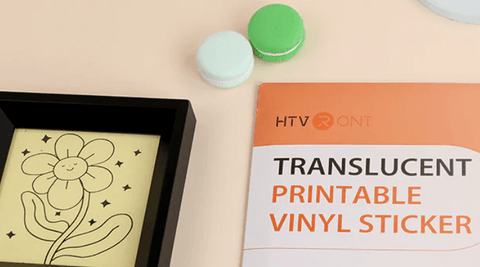
When opting for printable vinyl, it is crucial to ensure compatibility with the intended fabric color. For light-colored fabrics, the printed image must be mirrored prior to cutting. However, mirroring is unnecessary for dark-colored fabrics. It is imperative to utilize an inkjet printer for printing on printable vinyl, as laser printers are unsuitable for this purpose.
How to Choose Vinyl
Navigating the multitude of vinyl options available can indeed be overwhelming. To ensure optimal project outcomes, it's essential to adhere to some basic guidelines when selecting the appropriate vinyl for your needs:
Adhesive vinyl proves ideal for projects involving hard and smooth surfaces such as walls, mugs, bottles, picture frames, boxes, and mirrors. Its pressure-sensitive adhesive ensures secure adhesion to these surfaces, facilitating long-lasting and visually appealing results. On the contrary, it's recommended that you use heat transfer vinyl.








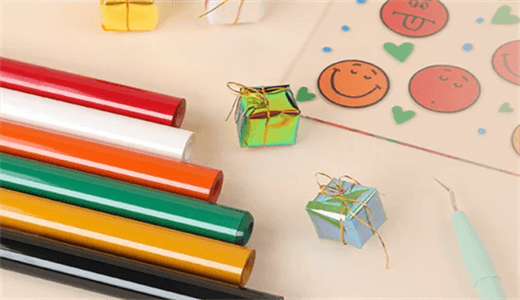


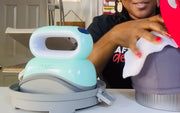
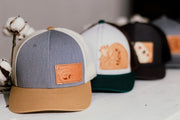


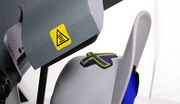

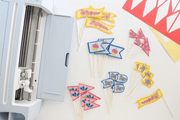
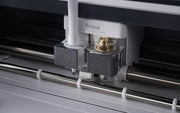
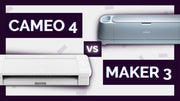


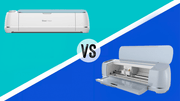
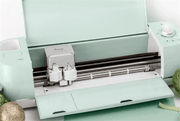
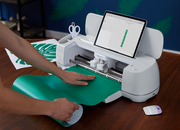


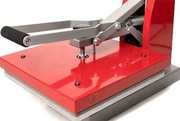





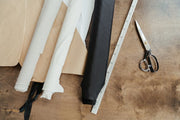



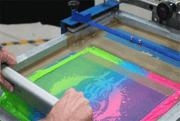



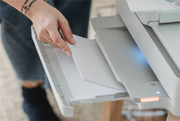
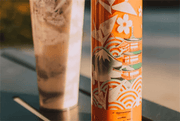
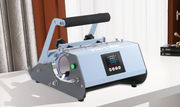
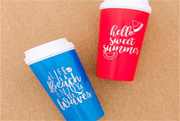

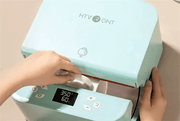
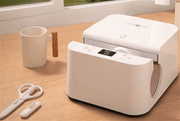

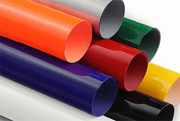


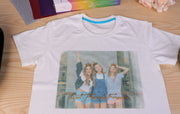
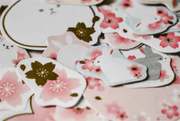



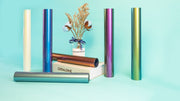
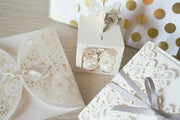






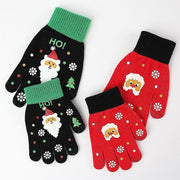



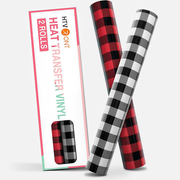

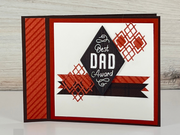


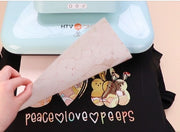



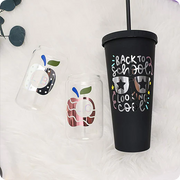
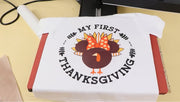



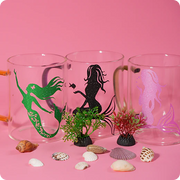


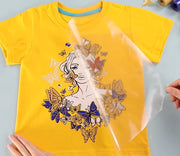
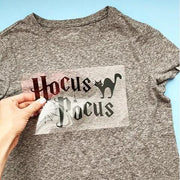







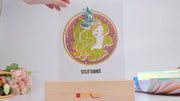



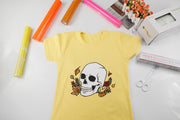
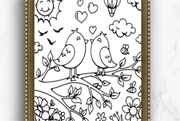
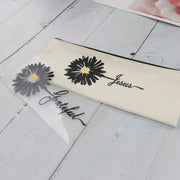
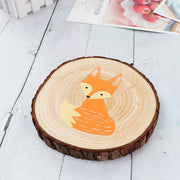
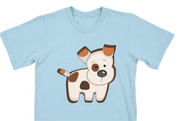

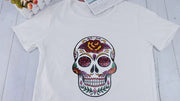









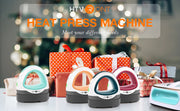

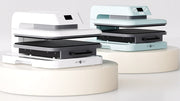
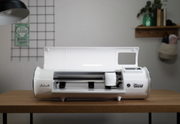

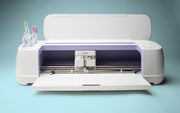


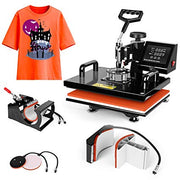

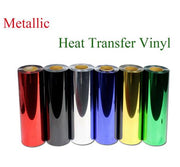
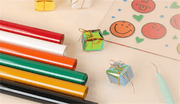
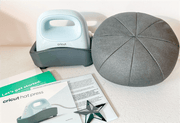
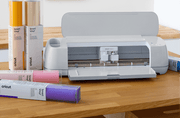

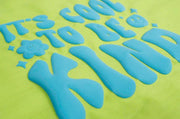
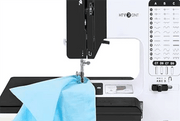
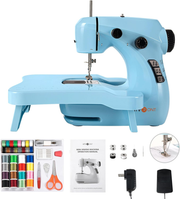







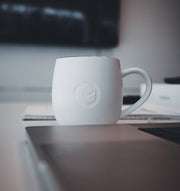



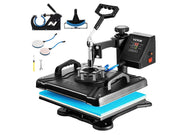








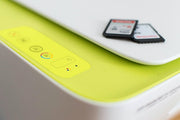


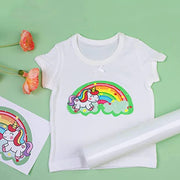
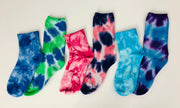
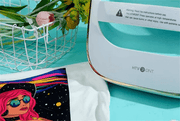

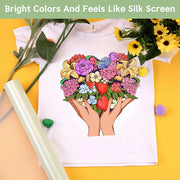



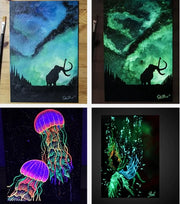

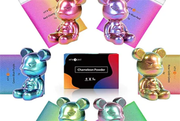





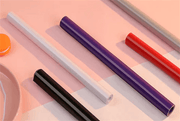
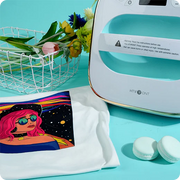

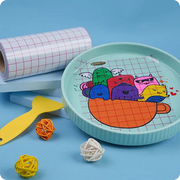
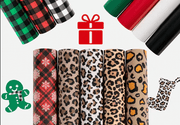





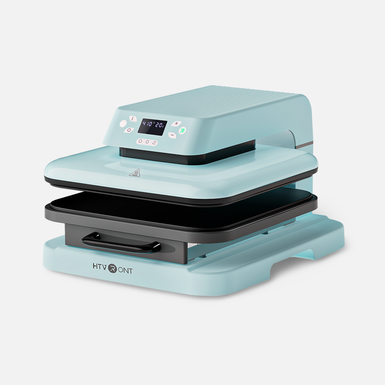
![[Starter Kit] Auto Heat Press Machine 15" x 15" 110V + Starter Kit Bundle](http://www.htvront.com/cdn/shop/files/20240425-170634_385x.jpg?v=1714036345)
![[Premium Bundle] Auto Heat Press Machine 15" x 15" 110V + 20 rolls HTV Bundle 12“x3ft + Mini 2 Heat Press Machine + Random Sublimation & HTV Bundle ≥ $180](http://www.htvront.com/cdn/shop/files/1UK_4_22c12b1b-12dd-4105-ac25-93e2faae6a8c_385x.jpg?v=1713863580)
